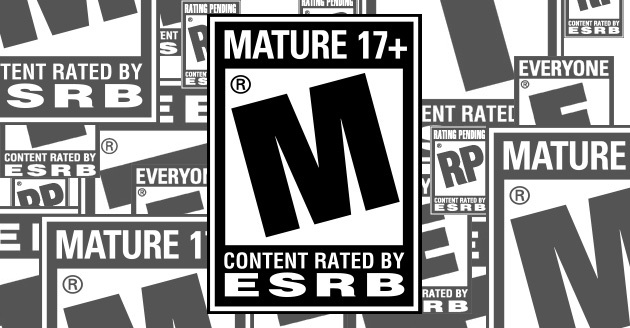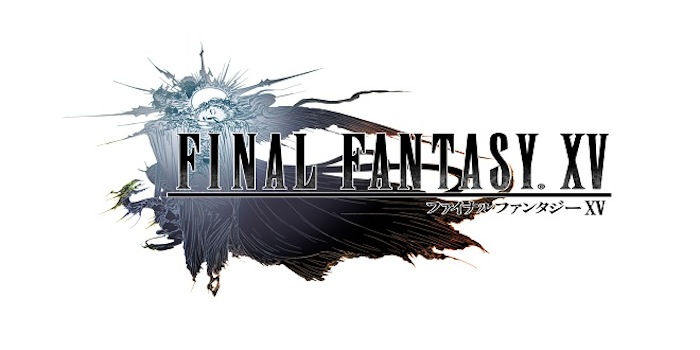For me Mario Party showdowns begin long before the actual competition, at least in the early editions anyway. It doesn’t begin the first time we enter a mini-game or a lost duel. No, it begins at the character selection screen where, as long as I’m playing with at least one other woman anyway, the battle for Peach begins. We grip our controllers anxiously and send each other intimidating glares. Initial cursor placement is key; the closer you are to Peach’s headshot the better. Sometimes a bit of negotiation is necessary if you don’t want to end up getting Yoshi as a consolation prize. This conflict is a product of having a single female character in a cast of men, and while the Mario Party franchise has added more female characters since its first few games to create a more balanced cast, whenever it happens I’m left wondering if it’s really any better than not having a female character at all (putting aside the often annoying personality traits present in that single female character because that’s another post in and of itself).
This situation involving a token girl and a predominant number of guys is often called “The Smurfette Principle.” I can remember that it ran particularly rampant when I was a kid. As I pointed out above, it was prominent in the Mario franchise, and that’s only when Peach was included at all. Zelda mimicked this formula in certain games, having Zelda as the only notable female character. The first Mortal Kombat did as well as Sonya Blade was the only female fighter. Sonic the Hedgehog joined the trope when it introduced Amy Rose. Chun-Li stood alone as the only woman warrior in the first Street Fighter II, and so on. While cartoons clearly don’t have the “playable” factor to it (though many of the main female characters in games weren’t always playable either), a lot of the main casts also suffered from this affliction. Teenage Mutant Ninja Turtles, Thundercats, Rocket Power, Dexter’s Laboratory, Chip n’ Dale, Pokemon; single girl syndrome appeared across the proverbial network board.
While the problem has been improved, if only in number alone, it works its way into more recent games as well. A little late to the party, I purchased The World Ends with You for a particularly long bus ride last year only to see that Shiki was the only playable female character. In the Kingdom Hearts series, only one female character is playable in each game, not even mentioning that the “two boys, one girl” central cast repeated multiple times. In Heavy Rain only one out of four playable characters was female. Developers have improved upon the female-to-male ratio since the days when Princess Peach was the only playable woman in Mario Party and Mario Kart but the trope still manages to work itself (sometimes unnoticed) into mainstream games.
So what’s the problem? Well in addition to the fact that it, like the “token racial minority” trope, inaccurately represent the diversity of both the audience and the world as the whole, it also pigeonholes women and girls into having only one character to identify with. This isn’t to say that women and girls can’t relate to male characters on a personality-centric level – female gamers in particular are more than used to this – but there’s something to be said about being represented equally in a medium you’re invested in, particularly when you’re young. While ultimately I’d prefer one female character to none at all, forcing all female gamers to identify with a single character who cannot possibly depict the entire scope of womanhood denies us the chance to identify with someone we can relate to on a fundamental level that doesn’t fall into a token trope.




